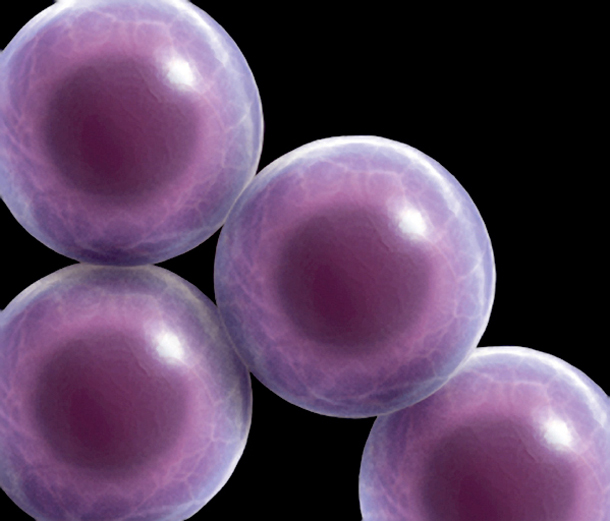 |
| Previous Image | Next Image |
| Description: There are many different types of stem cells within our body. Each type of stem cell is defined by the group of specialized cells it gives rise to. However, there are two fundamental properties that distinguish all stem cells, including induced pluripotent stem cells, from other somatic cells: self-renewal and potency. Self-renewal describes the process where a stem cell undergoes mitotic cell division that yields at least one daughter cell with equivalent developmental potential as the mother cell - i.e. another stem cell. The capacity to self-renew varies based on the type and age of the stem cells. Induced pluripotent stem cells and embryonic stem cells maintain the ability to self-renew indefinitely under proper culture conditions. Multipotent stem cells, such as hematopoietic stem cells, have more limited capacity for self-renewal. Self-renewal is a necessary cellular function to maintain a sufficient number of stem cells within different tissues and organs of the body for the maintenance/repair of lost or damaged cells/tissue. The second distinguishing property of a stem cell is the ability to differentiate into mature specialized cell types. The number of specialized cell types a stem cell can produce determines its potency (e.g. totipotent, pluripotent, multipotent, unipotent). Stem cells that give rise to all cell types of the body, including the embryonic components of the trophoblast and placenta, are totipotent stem cells. These stem cells are derived from the pre-implantation embryo at the morula stage of embryonic development. Picture Stats: Views: 1028 Filesize: 145.95kB Height: 521 Width: 610 Source: https://biology-forums.com/index.php?action=gallery;sa=view;id=11562 Keywords: Stem Cells |
